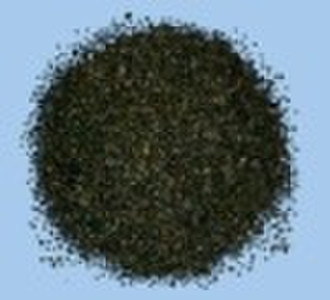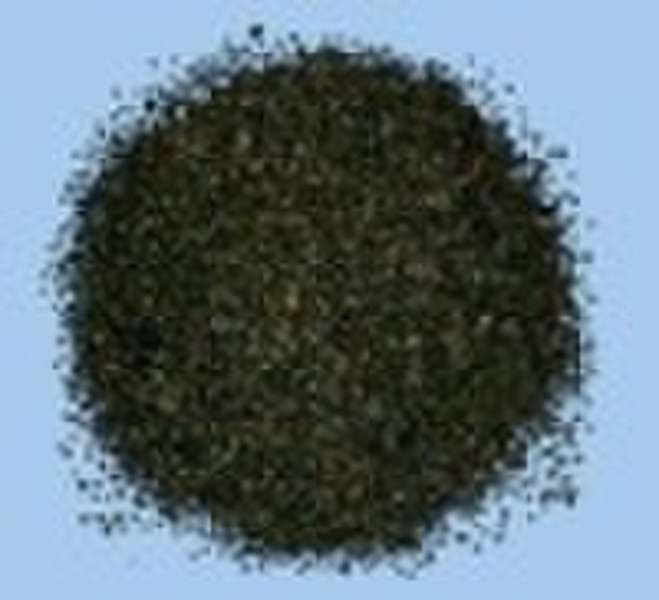海绵钢铁
原价: 400,00 USD
北景乡, 中国

manager kby
联系人姓名
基本信息
| 出生地 | Hainan China (Mainland) |
|---|---|
| 牌子的名字 | KBY |
| 模式的数量 | ASG-1 |
Sponge Iron (DRI) Direct-reduced iron(DRI), also calledsponge iron,is produced from directof(in the form of lumps, pellets or fines) by a reducing gas produced fromor coal. The reducing gas is a mixture majority of(H2) and(CO) which acts as reducing agent. This process of directly reducing thein solid form by reducing gases is calleddirect reduction. The conventional route for makingconsists oforplants,,, and. Such plants require highand raw materials of stringent specifications.is needed to make astrong enough to support the burden in the blast furnace. Integrated steel plants of less than one million tons annual capacity are generally not economically viable. The coke ovens and sintering plants in an integrated steel plant are polluting and expensive units. Specification Sponge Iron is mainly used as a raw material for speciality steel as well as substitute for scrap. Made from iron ore, sponge iron in itself is not used. It is further processed to make wrought iron. The rise in price of scrap and other factors have led to the increase in the use of sponge iron for making high quality steel. The quality of sponge iron is primarily ascertained by the percentage of metallization (removal of oxygen), which is the ratio of metallic iron to the total iron present in the product. Sponge iron manufacture is highly sensitive to raw material characteristics. Therefore, it is essential to examine the chemical and physical characteristics of raw materials, both individually and in combination. The sponge iron is a key raw material for the manufacture of steel. The appropriate percentage of metallization (removal of oxygen) ensures the high quality of the sponge iron. The percentage of metallization is the ratio of metallic iron to the total iron present in the product. The features and specifications are mentioned below: ItemTest DataItemTest DataActivated iron98%Bulky density1.7g/cm3Hardness5-7Non-uniformity FactorK80≤1.8Porosity rate30-50%Ash<0.5Other metal contentWithin national standardGranularity range1.0-5.0 mm Use of sponge ironSponge iron is not useful in itself, but can be processed to create. The sponge is removed from the furnace, called a, and repeatedly beaten with heavy hammers and folded over to remove the slag,any carbon or carbide andthe iron together. This treatment usually creates wrought iron with about three percent slag and a fraction of a percent of other impurities. Further treatment may add controlled amounts of carbon, allowing various kinds of heat treatment (e.g. "steeling").Today, sponge iron is created by reducing iron ore without melting it. This makes for an energy-efficient feedstock formanufacturers which used to rely upon.
交货条款及包装
Packaging Detail: Loose in Container or 50 Kg PP Bags or Jumbo bags Delivery Detail: Within 10 days after the order confirmation.
端口: Tianjin(China)
付款条款
Letter of credit
Telegraphic transfer
MoneyGram
Western Union
-
支付方式
我们接受:









